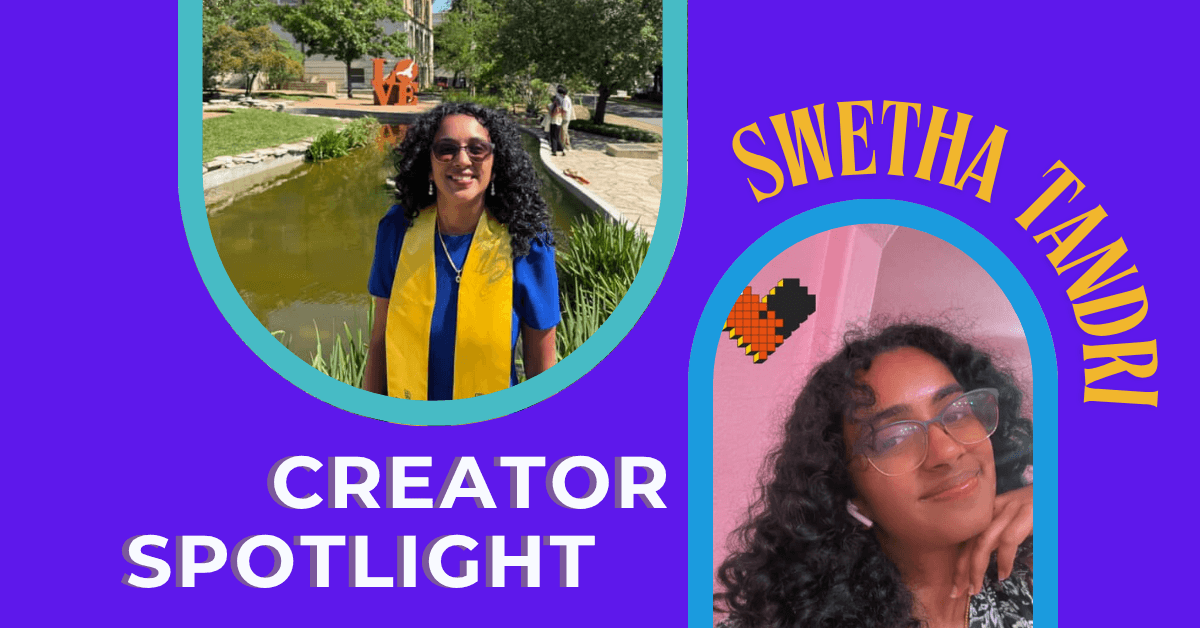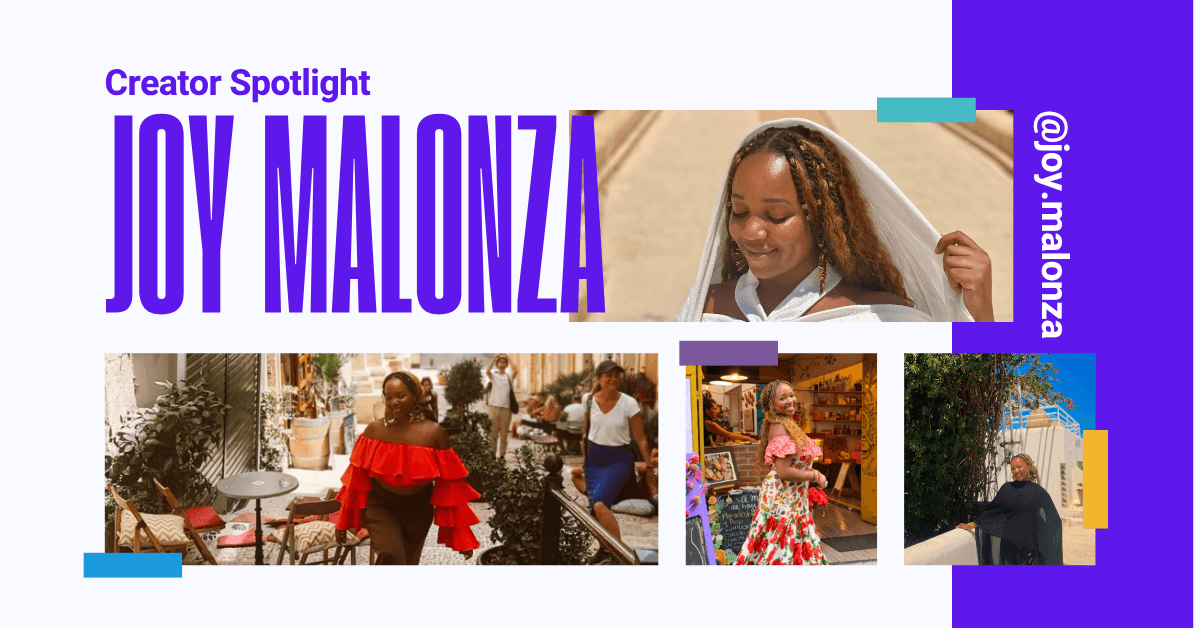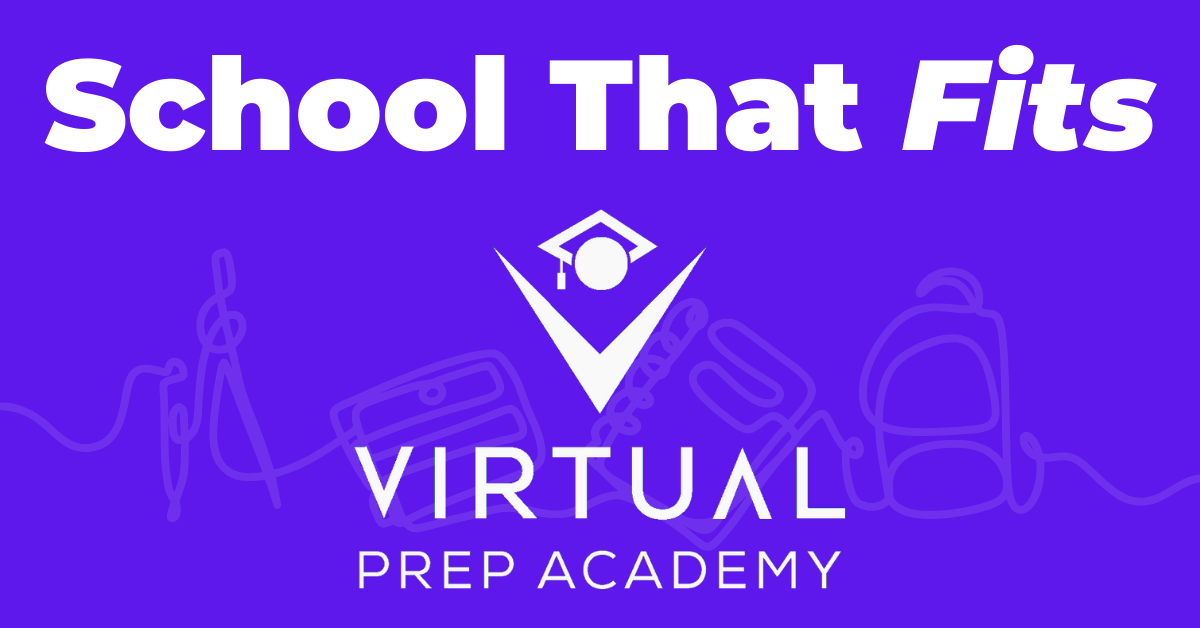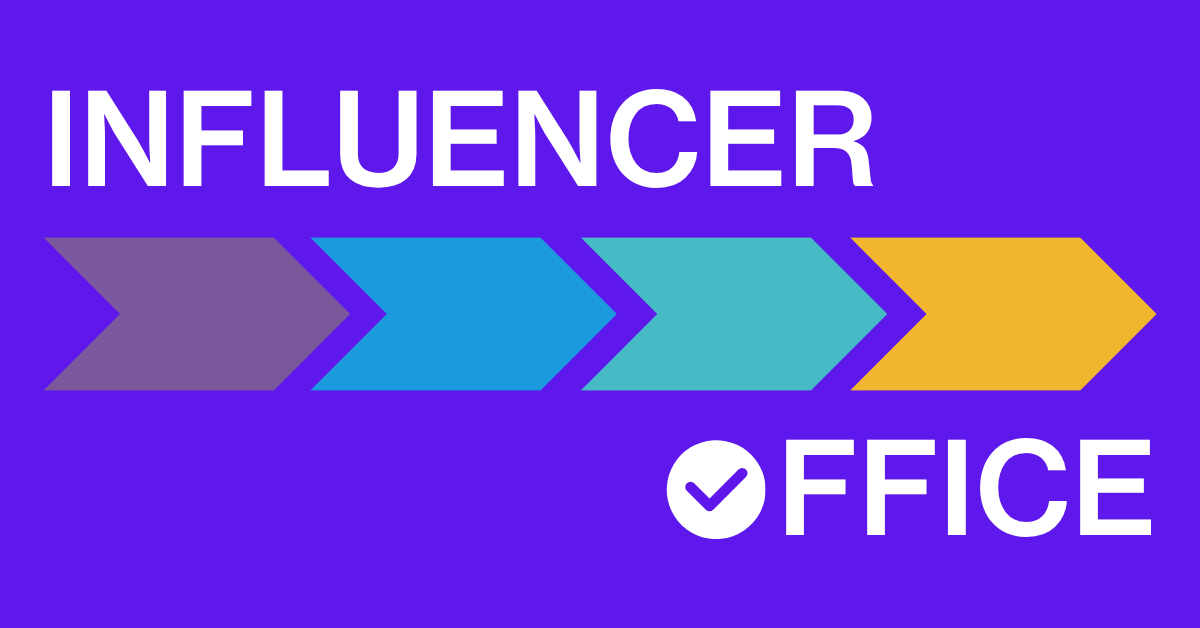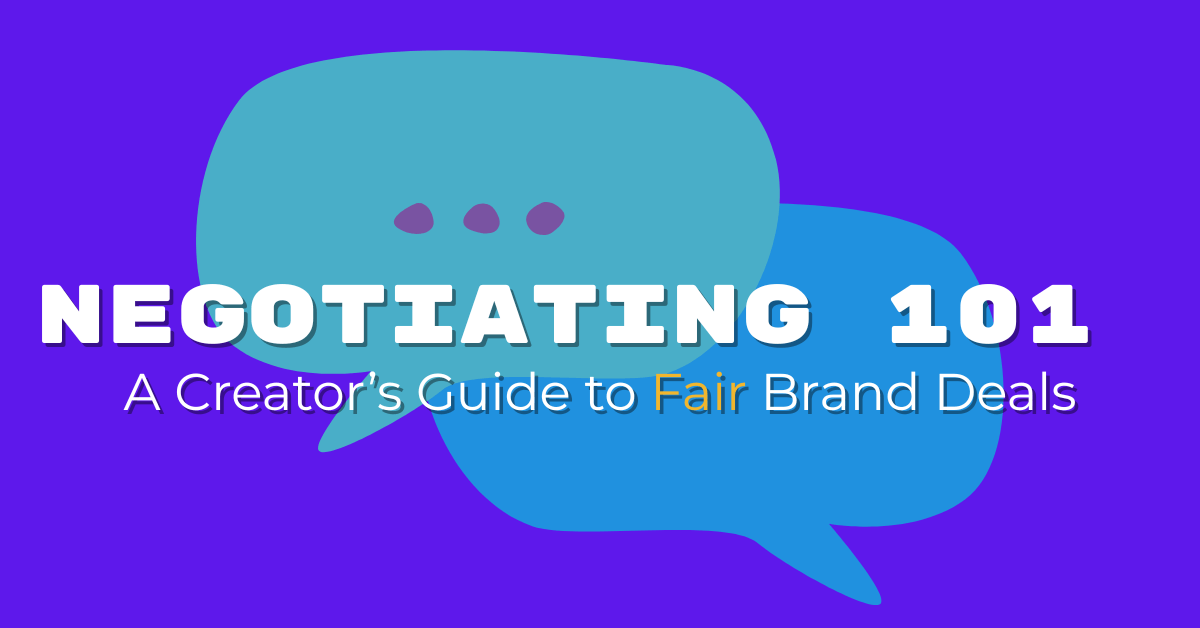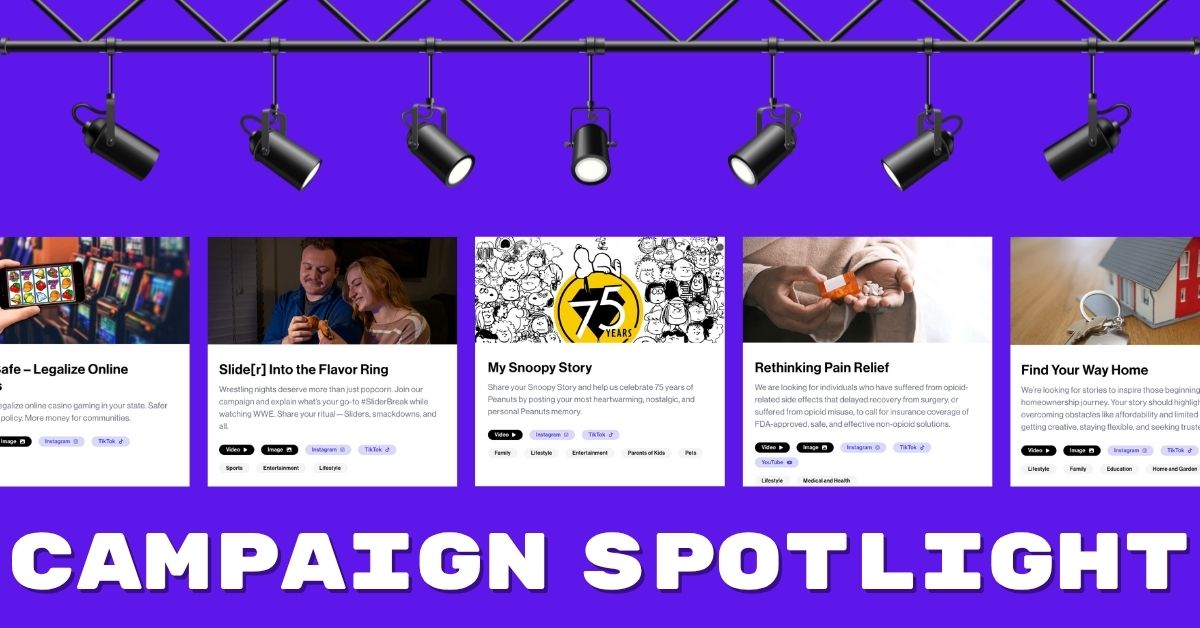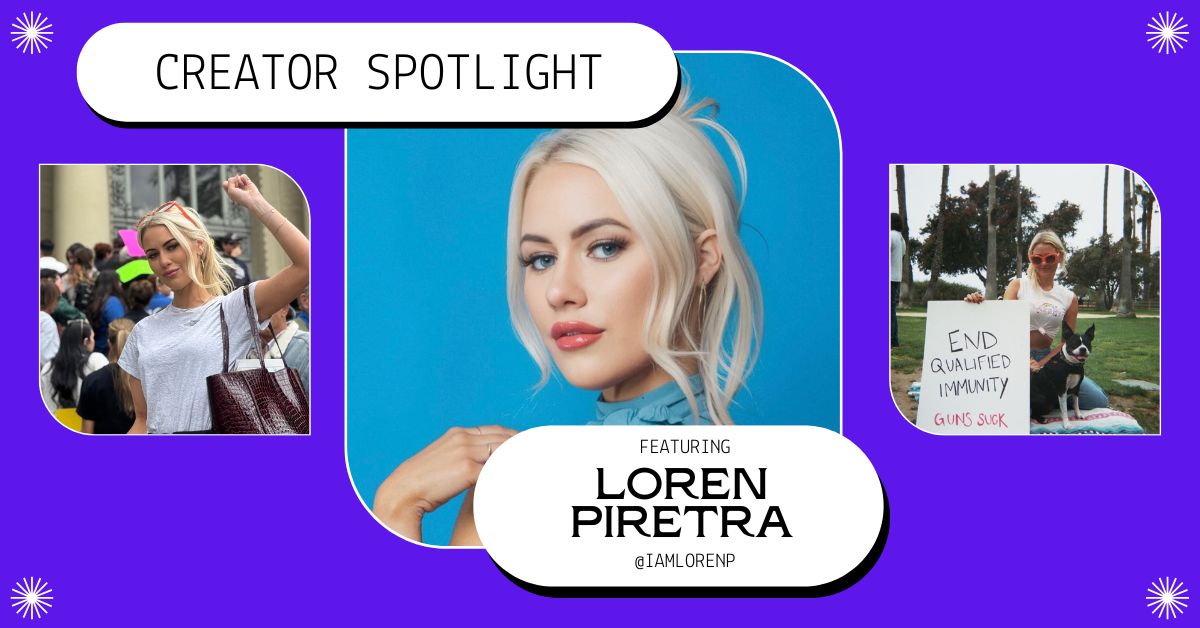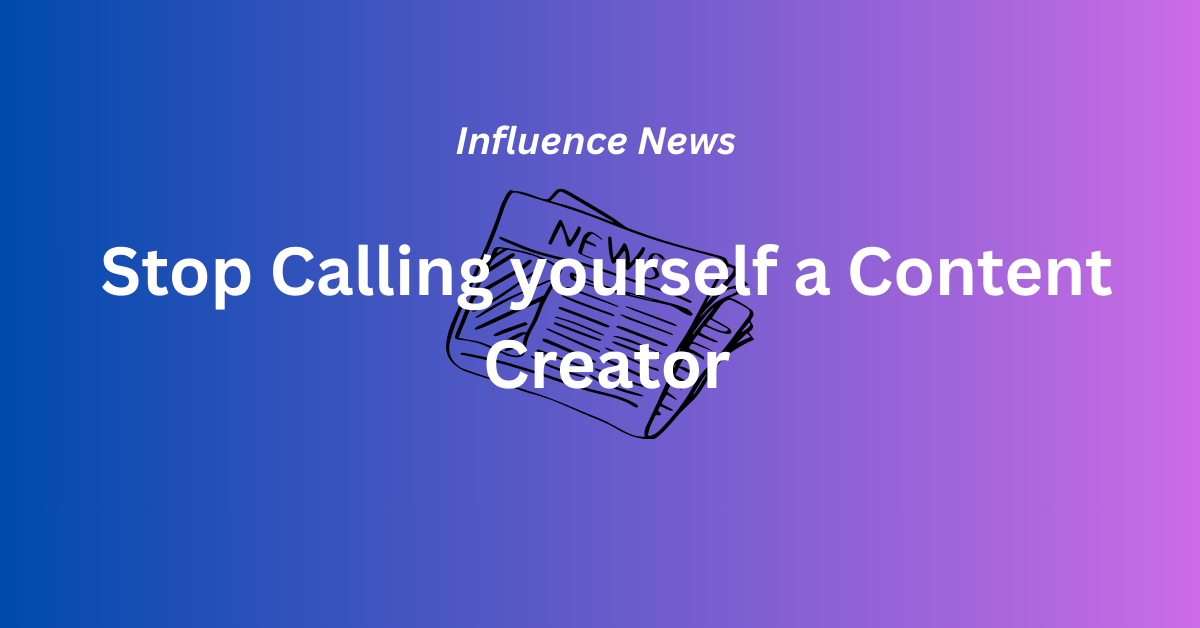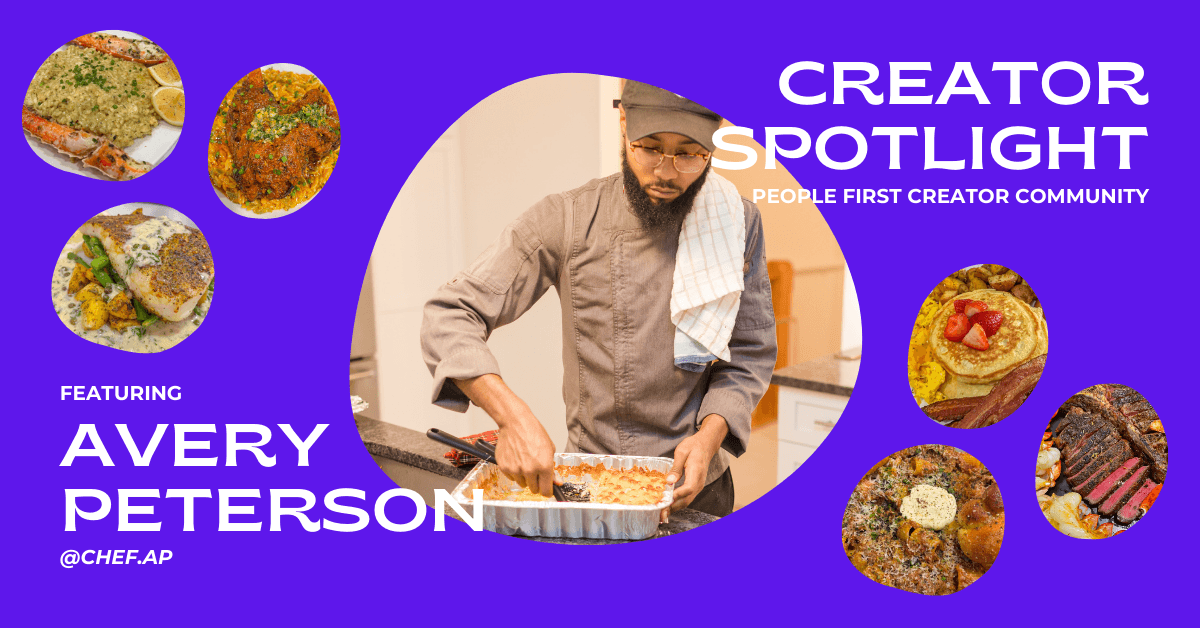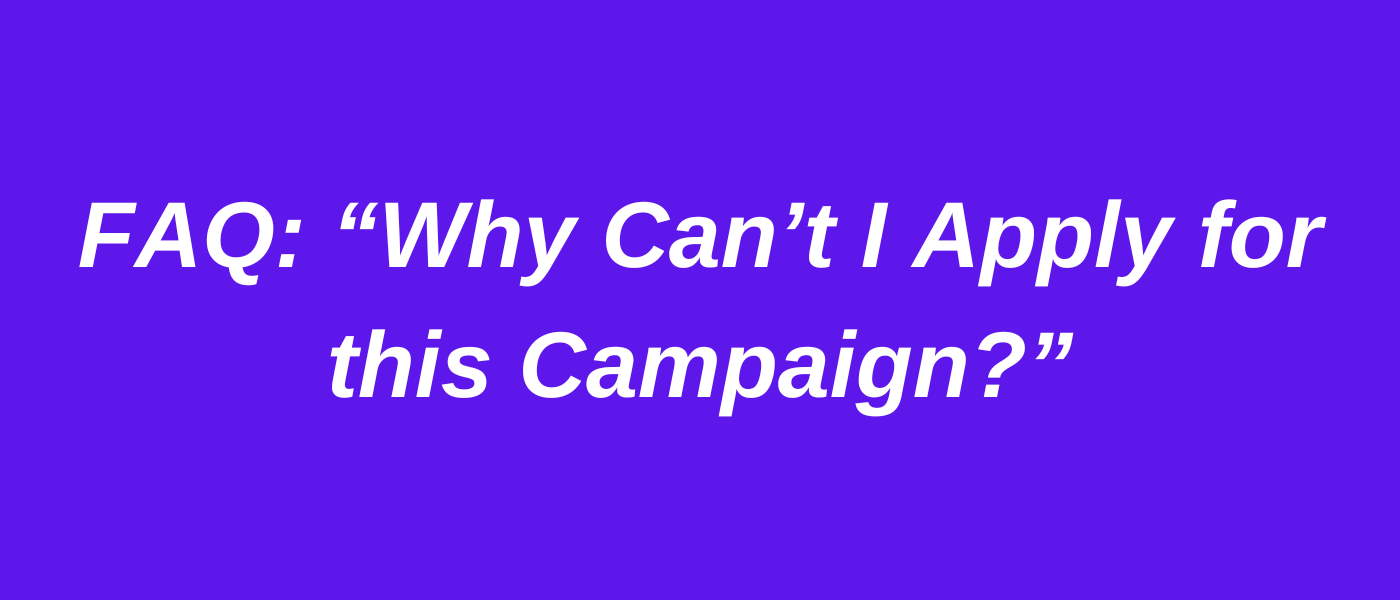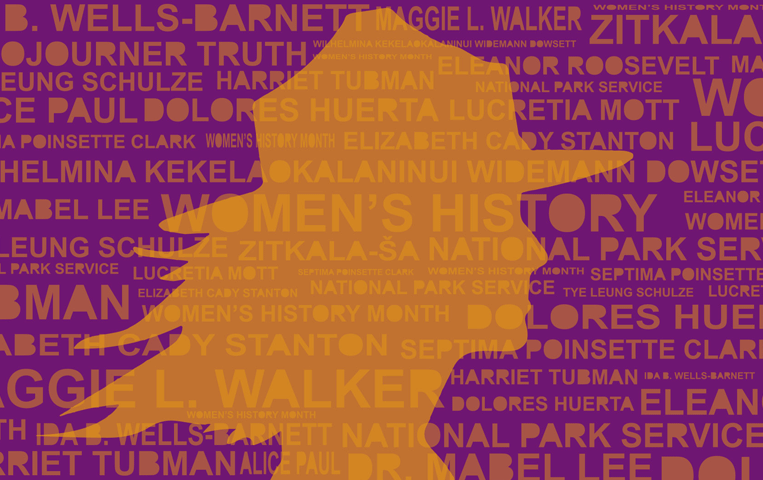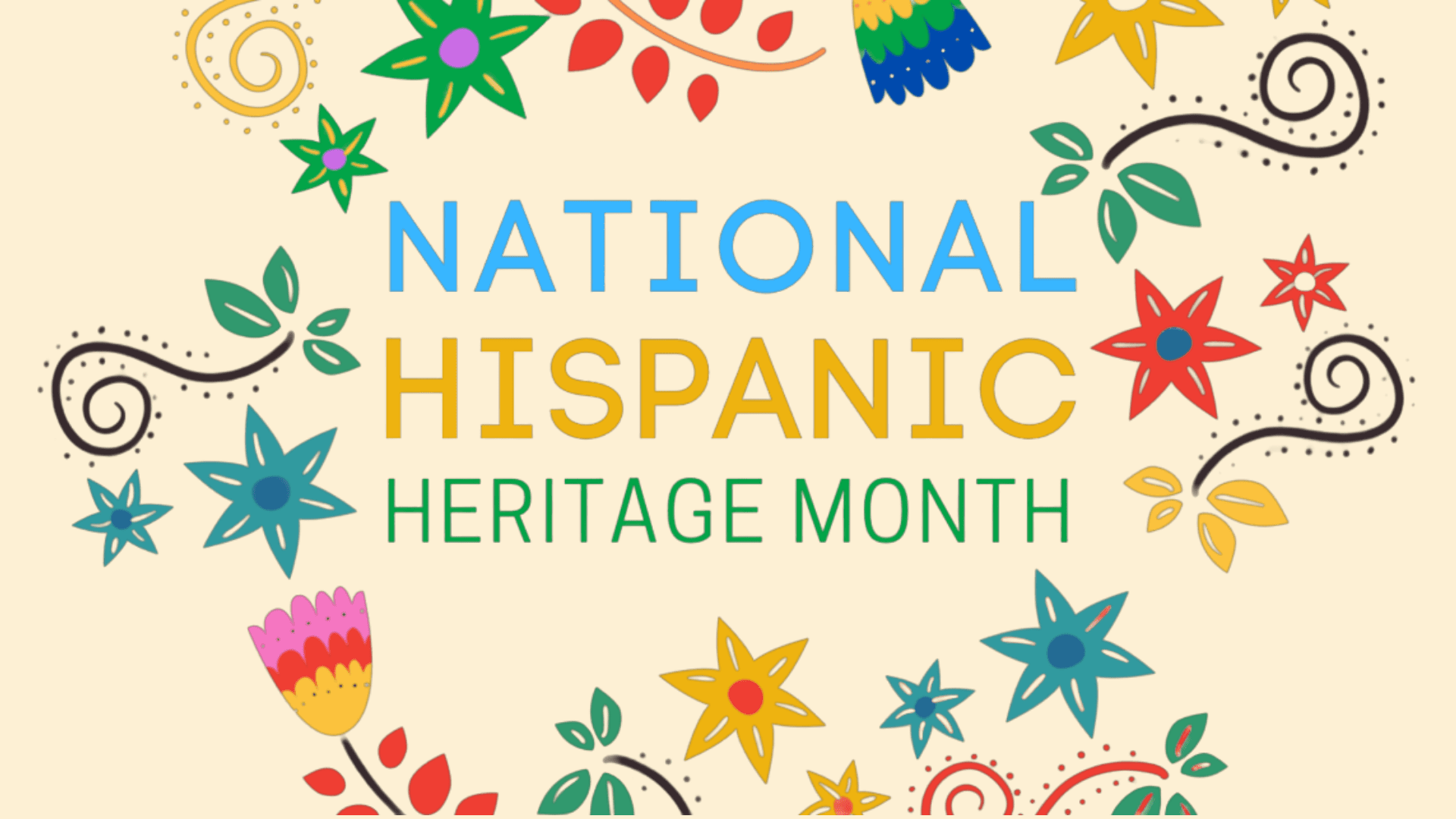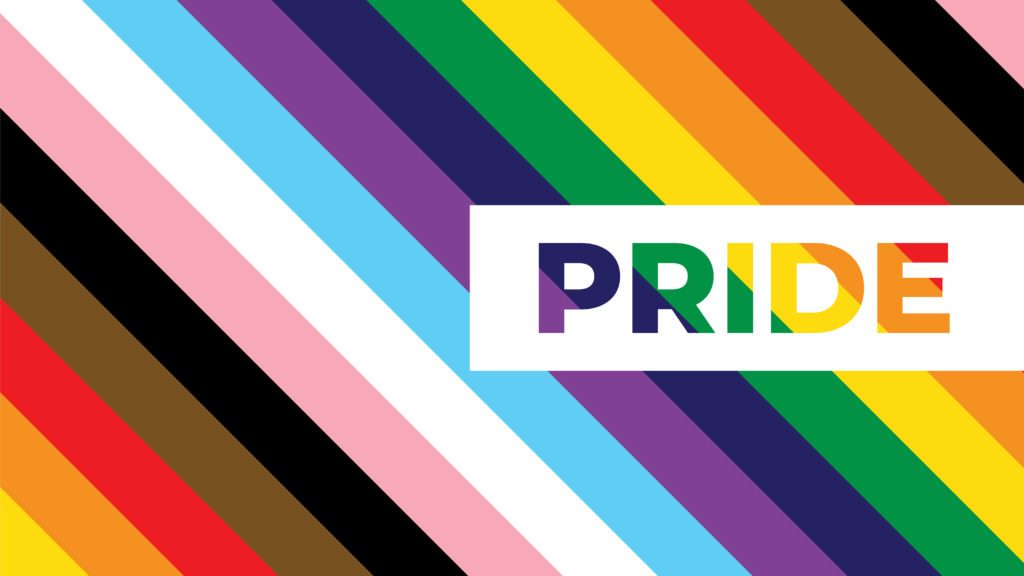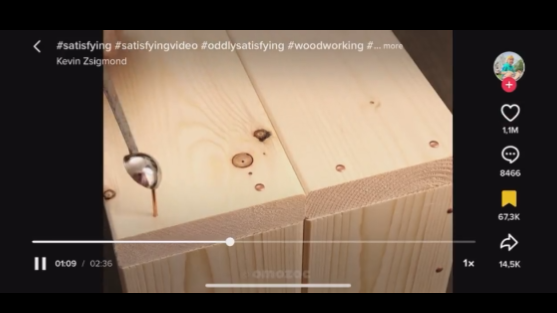People First was treated to an epic webinar on Wednesday, March 26th. Couldn’t make it? No worries, we’re here to recap some of the most profound moments:
Shaun Southworth (@shaun_southworth) Civil Rights Lawyer
“Shaun, can you speak to some recent actions Trump has taken to dismantle DEI programs, employees, and mandates? What surprised you most about these cuts?”
Yeah, it’s pretty intense. Before I get into how bad I think it is, I want to make clear to everybody that the law really hasn’t changed that much. Discrimination is still unlawful, right. The protections have not changed. But what Trump has done is targeted a lot of DEI officials, many of them have been laid off because of that. Some of the most shocking examples is that he’s even terminated people from the Department of Education for simply showing up to a DEI event. That’s not even being a DEI official. I think that’s unlawful.
Some of the more shocking things is just how quickly they acted to try and do this, in part because they knew their actions were unlawful. Now that said, I believe part of the reason they were doing this to federal employees was to try and traumatize them. They’re trying to scare people. It’s bad, but it’s not that bad.
I want to emphasize from my perspective that the laws are still there. I am a civil rights attorney, we bring these cases, we will bring these cases. DEI is a popular concept overall and people’s civil rights are still strong and going to be protected.
Leslie Latrice (@lesielatrice) Veteran
“How do you navigate the tokenization problem as a creator? How do you identify with partnerships, or find the right one?”
It’s not fool-proof, but one, automatically knowing what I value, and what my messaging and themes are and what is true to me, is what helps me to ensure whoever I’m partnering with, we are on the same page. But on top of that, I always, always, always advocate for doing your research. You might not find every single thing in the weeds, but if you go to their page, I go to their Instagram page, their TikTok page, and I’m like, “Where are the Black folks at, where’s the women at? I want to see if they are actually truly representing socially what they want me to do, versus just am this token Black person that’s supposed to represent the brand?
On top of that, I have candid conversations with the brand. “Hey, what are your values? What exactly do you want me, or think that I can bring to this brand or partnerships? I can see where their intentions lie so I can see if we are aligned.
Remaining true to yourself and don’t be afraid to ask tough questions, because if they’re reaching out to you, they want something from you. So you need to benefit from what it is they’re offering.
Joy Malonza (@joy.malonza) Ethical Tourism
“What policies or certifications should travelers seek for more ethical and inclusive experiences?”
Certifications are super easy [to find]. You can go through the Certification organizations, or you can through collections that already have lists of hotels that are already certified. So some of those certifications include BCorps, EarthCheck, Travel Life, those will have different criteria that they measure hotels based off of….
That said, my own personal criteria is more strict. Some of those certifications or hotel lists will include corporate hotels that are meeting the baseline standards so that they can qualify as being sustainable, but they’re still doing sustainable things like not paying their workers fairly, or sitting on top of stolen land. That doesn’t necessarily work with those certifications.
So, after going through lists, I always recommend doing another passover. All inclusive hotels are notorious for sitting on stolen lands, not paying workers fairly, and diverting resources from the whole community – specifically water. That’s been a huge, huge issue for several all-inclusive hotels. I’m just not gonna stay there.
Cruises, for example, there’s no ethical way to go on a cruise. They are horrible for the environment, polluting, and having horrible labor practices.
Another layover that I encourage people to check is, check if it’s locally owned, does the hotel live within a building that’s been refurbished or restored, is it family owned? Is it black owned? Woman owned? Queer owned?
The cheat sheet is to look for boutique hotels, they know how to “pass” the certifications without contributing to inequality.
Preston Mitchum (@preston.mitchum) Lawyer, Advocate
“I’m sure you’ve heard some people argue that DEI hiring practices allow unqualified individuals secure competitive positions in an effort for companies to meet its diversity quota. How would you respond to those that share this perspective?”
Can I just say that, I want us to be very clear about what our opponents are doing too. The design, on the surface, is really to push back on communities that are already historically oppressed. Right, it’s to push back on the progress and the advancements made, even with the inequities that exist. We’ve still somehow surpassed all expectations because we have to. I always want to be abundantly clear that what we’re discussing are tenants and notions of white supremacy, of the fear of Blackening and Browning of a country that is has already existed, but they’re somehow seen now suddenly, because we’ve decided and demanded, for decades at this point, to not be quiet, to keep revving the drum beat, to make sure that you know anything and everything about us and our history.
I think and know and understand that there’s some people that are afraid to make that known in a variety of ways, but this is why I keep discussing activism and allyship and coconspiratorship and why we need our allies to actually name the thing too — because it can’t just be us. It would just be looked at as, if you’re a person of color, or a woman, of course you’re gonna say that you’re great.
Men, if you know women are great – say that! Be very clear about the types of women you’re speaking about. Straight people – if you know you have some qualified queer and trans-folks applying to jobs, or influencers, say something about it! I just deeply get so concerned when I see messaging on social media, “We need DEI! We know DEI is important” Say why, say the thing. We need to stop being afraid to say the thing.
We would like to thank both our guests and attendees for joining and sharing their expertise. Now, be sure to join us at our next creator-led webinar coming soon.

